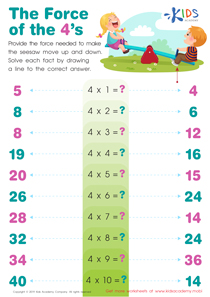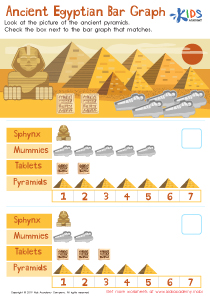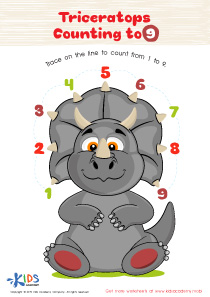Data interpretation Easy Measurement Worksheets for Ages 5-7
7 filtered results
-
From - To
Introduce your child to the fascinating world of data with our "Data Interpretation Easy Measurement Worksheets for Ages 5-7." Carefully designed for young learners, these engaging worksheets simplify complex concepts, enabling kids to master the basics of measuring and interpreting data. Through colorful images and fun activities, children will learn to read graphs, charts, and tables while honing their analytical skills. Ideal for both classroom and home use, these worksheets are perfect for developing foundational math abilities in a playful and interactive manner. Watch your child’s confidence grow as they navigate their way through these enjoyable measurement challenges!


Fruit Math: Picture Graphs Worksheet
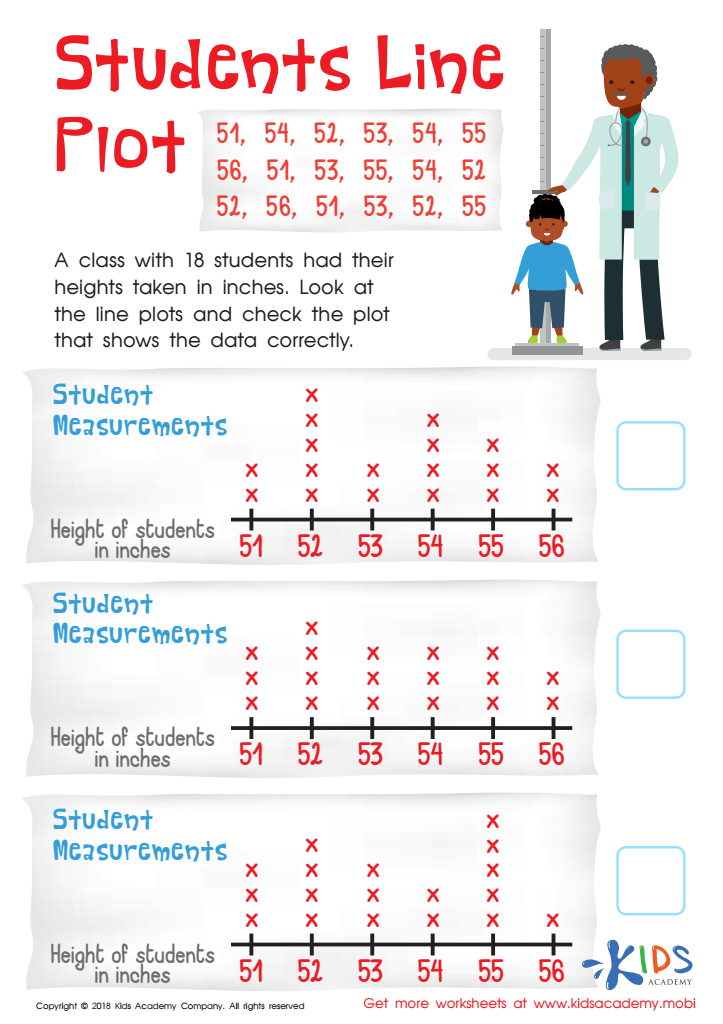

Students Line Plot Worksheet
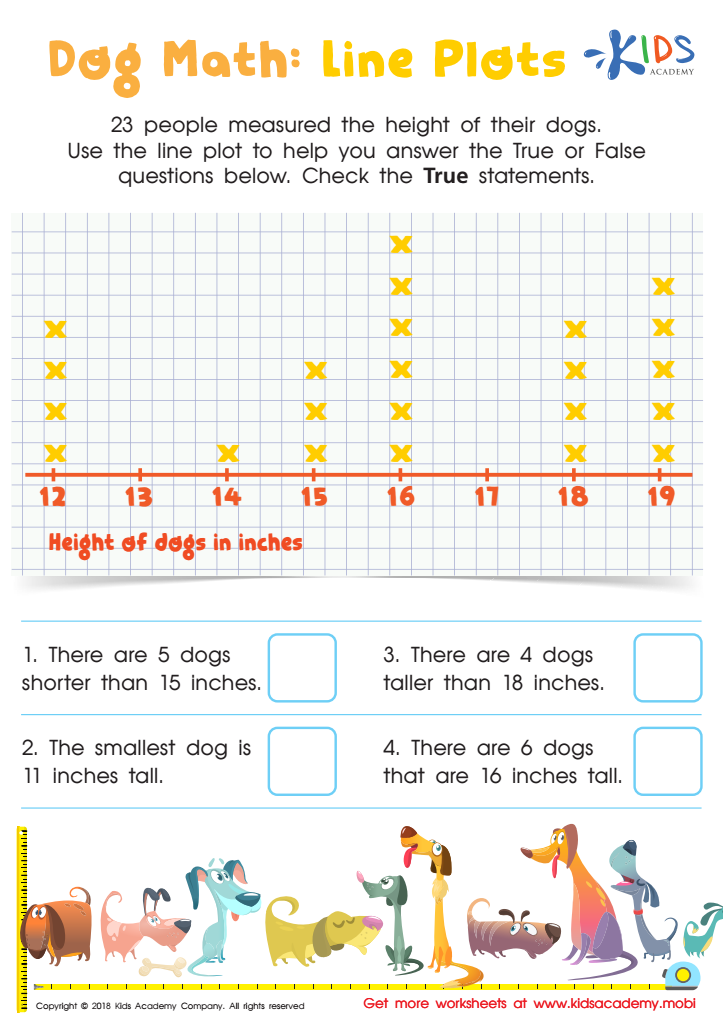

Dog Math: Line Plots Worksheet
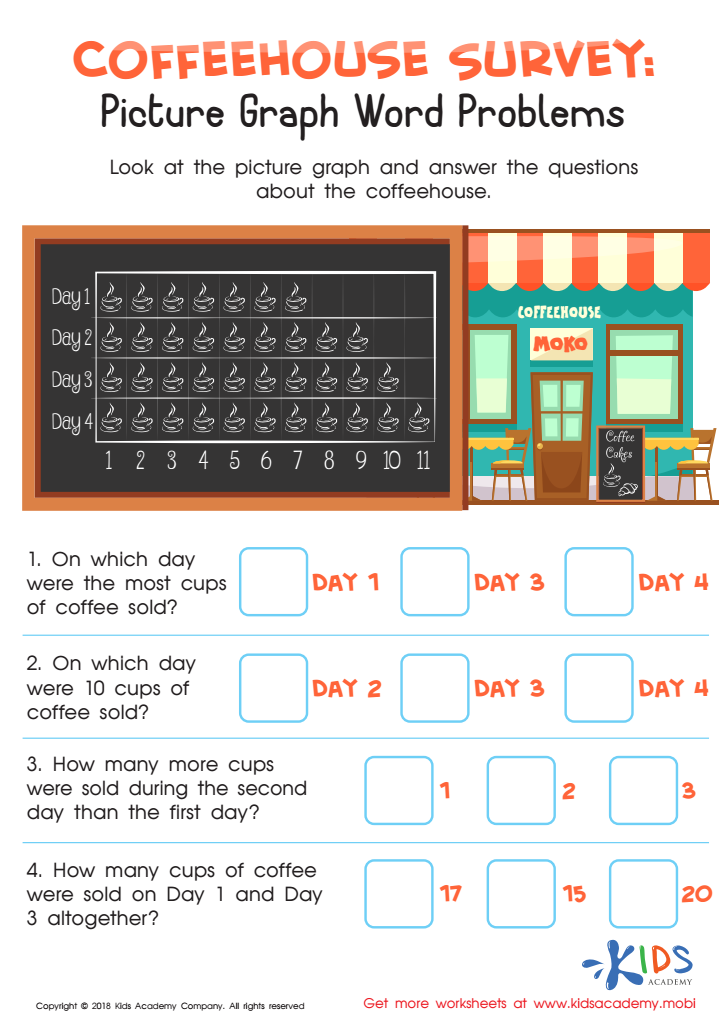

Coffeehouse Survey: Picture Graph Word Problems Worksheet
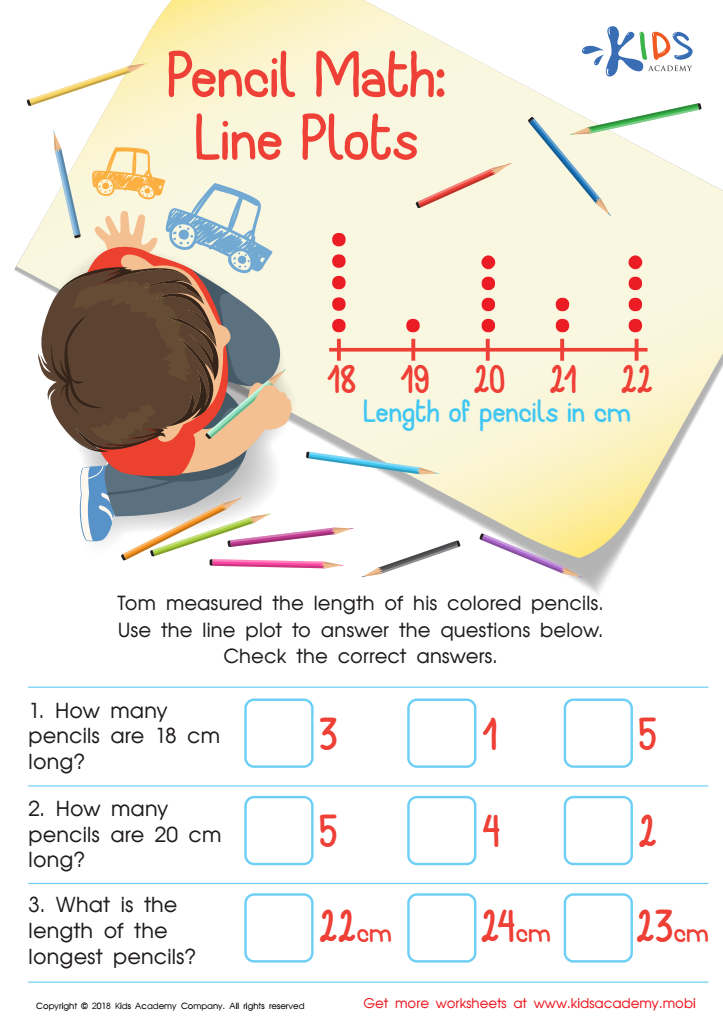

Pencil Math: Line Plots Worksheet
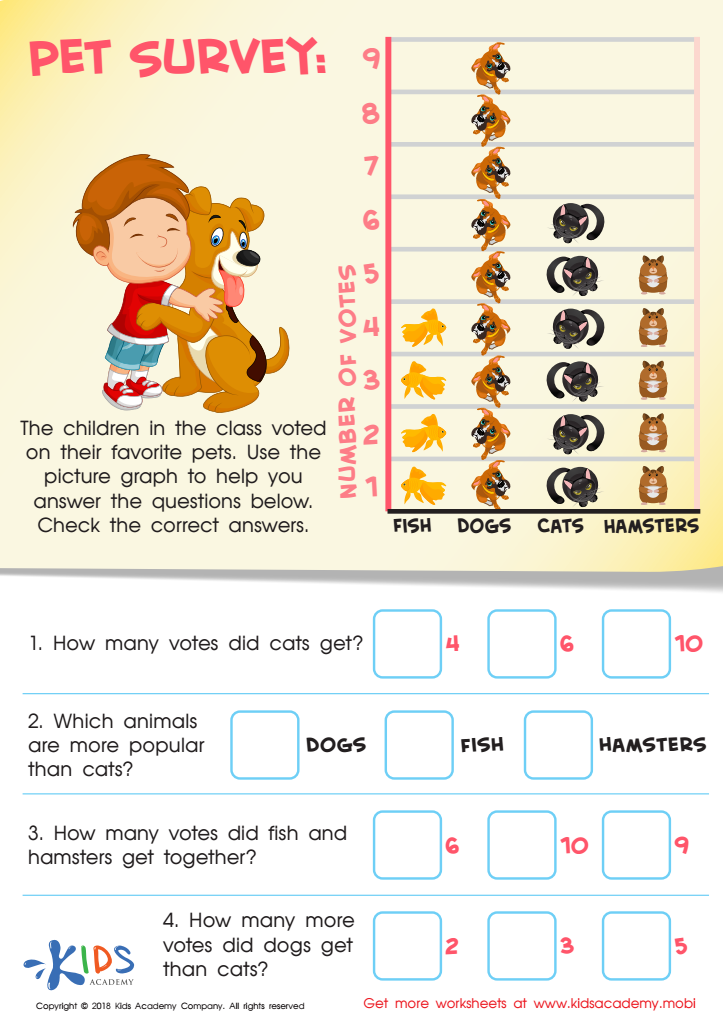

Pet Survey Worksheet
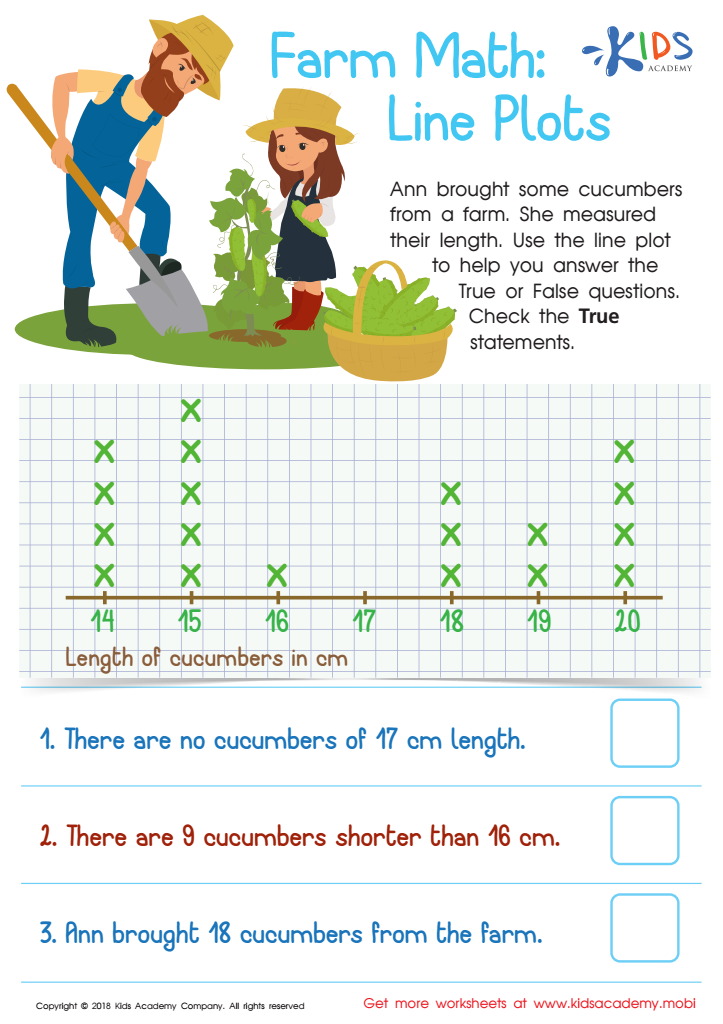

Farm Math: Line Plots Worksheet
Understanding data interpretation and easy measurement are pivotal skills for children aged 5-7, aligned with developing foundational mathematical and critical thinking abilities. For parents and teachers, prioritizing these skills means equipping young learners with tools that are essential for their educational journey and future problem-solving capabilities.
Children naturally encounter various forms of data and measurements in everyday tasks, from counting objects, comparing sizes, or understanding time. Introducing them to data interpretation helps them make sense of information, recognize patterns, and draw basic conclusions. These abilities lay the groundwork for more complex math and science topics they will encounter later. Easy measurement concepts, such as length, weight, and volume, are concrete ways for children to grasp and interact with the world around them, fostering both cognitive and motor skills.
Moreover, proficiency in these areas can boost children’s confidence and independence, as they become capable of tackling daily challenges or school-related tasks like organizing their belongings or understanding schedules. By emphasizing these skills early, parents and teachers nurture a positive attitude towards learning, encourage curiosity, and support cognitive development, which are essential for academic success and real-life problem solving. Investing in data interpretation and easy measurement skills thus fosters well-rounded, capable, and confident learners.
 Assign to My Students
Assign to My Students












